When Overton Elementary School, located in Chicago’s Washington Park neighborhood, was closed in 2013, the future use of the campus was unknown. Many of the 43 schools that were shuttered in 2013 are still vacant today despite early promises that the school campuses would be transformed into community amenities. Overton was purchased by Washington Park Development Group, helmed by Ghian Foreman in 2015, and he has worked in partnership with Borderless Studio, founded and managed by Paola Aguirre, and many other community partners to make good on the promise of transforming the shuttered school into a local amenity through a series of community-informed interventions (from art installations to an on-site basketball program).
Community Partners
CNT is grateful to Enterprise Community Partners, Elevated Chicago, and the Chicago Community Trust for funding this work.
CNT would also like to think every partner involved in supporting these projects (in)directly: OPEN Center for the Arts, Logan Square Neighborhood Association, LUCHA, Garfield Park Community Council, Washington Park Development Group, Rudd Resources, Arts + Public Life, Borderless Studio (Paola Aguirre), Haman Cross III, Scott Wills, Andrea Jablonski, site design group, ltd., Canopy Architecture, Greencorps Chicago, The Nature Conservancy, Midwest Groundcovers, and Midwest Trading.
Through CNT’s Climate and Cultural Resilience Program, we have had the privilege of working with Ghian, Paola, and several other incredible Chicago residents, artists, designers, landscapers, and community organizations at four sites, including Overton, within a ½ mile of a CTA train stop across the City. Our partners reflected on what it means to be resilient in a time of climate change and displacement of people and cultures from Chicago neighborhoods. The creative output of this reflection is a complementary public art installation and green stormwater infrastructure project – both tangible representations of what climate and cultural resilience means to those living and working near the sites. The following is a collection of photos of the work completed or underway at each site.
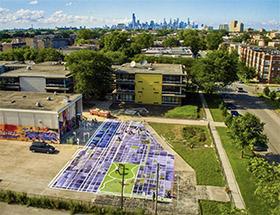 Climate and Cultural Resilience sites
Climate and Cultural Resilience sites
Site 1: Former Overton Elementary Grounds
Site 2: LSNA Building
Site 3: Farmworks urban agriculture site
Site 4: OPEN Center for the Arts
Site 1: Former Overton Elementary Grounds
Discover it: near the 51st Green Line
Project components: ART - community map of Chicago’s Bronzeville Neighborhood (historically known as Chicago’s “Black Metropolis, Bronzeville had a thriving culture and economy through the 1950s). The first phase of the map showed community assets; the second phase added stormwater catchments (mini watersheds), colored by how much or little imperviousness exists in that catchment (i.e., how much or how little pavement covers each catchment area). STORMWATER – depave a portion of the school parking lot and install a community seating area and rain garden, to improve on site stormwater management.
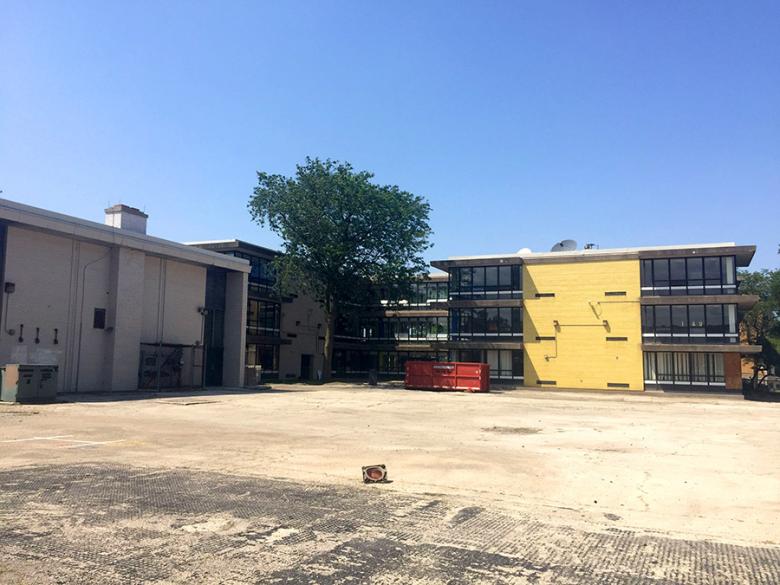
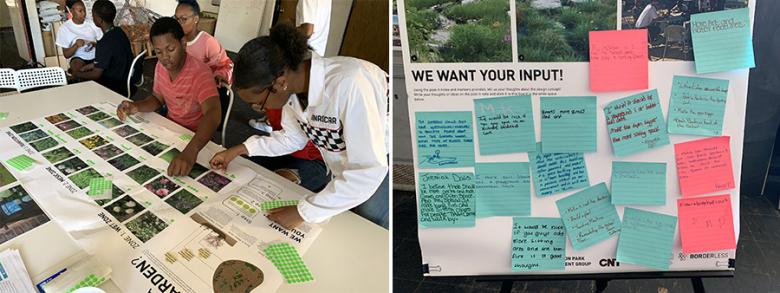
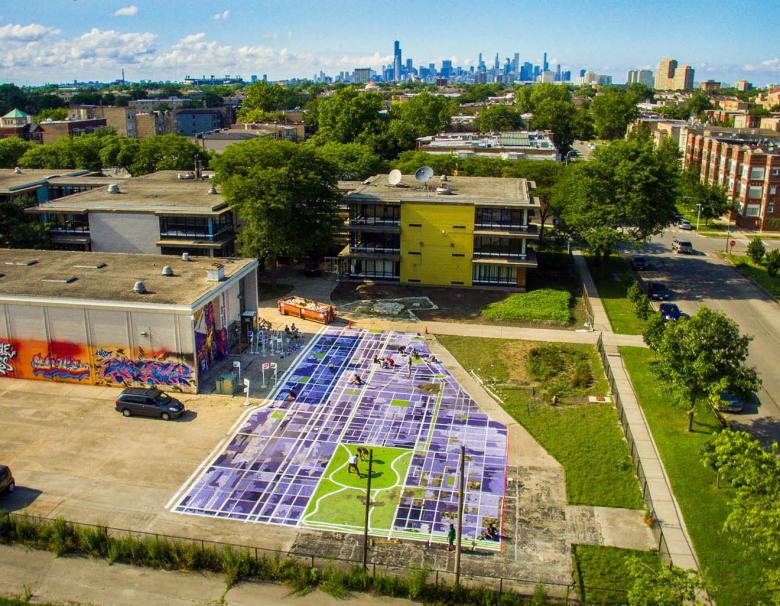
Our partner, Greencorps Chicago, donated labor to this and another project, installing the rain garden at Overton. It was a symbiotic relationship – we received high quality installations and the Greencorps training cohort received applied experience in installing green stormwater infrastructure. The rain garden is planted with native prairie plants that are built to withstand Chicago’s rainy springs and falls, and hot, sometimes dry, summers.
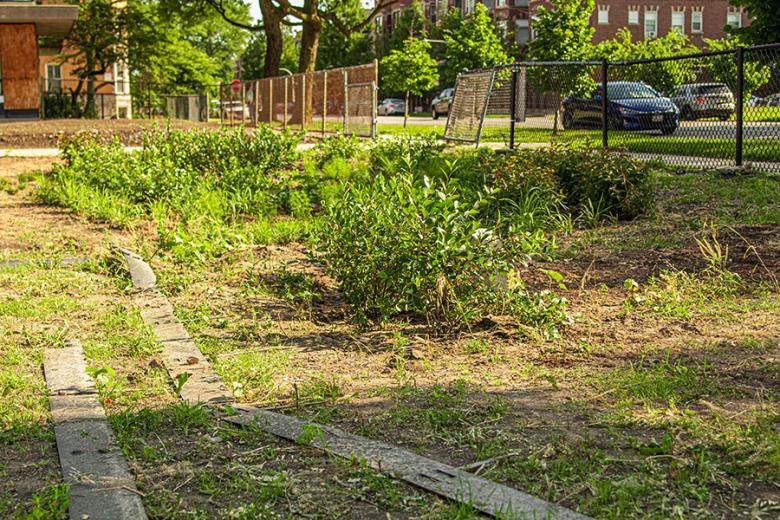
Site 2: Logan Square Neighborhood Association Building (LSNA)
Discover it: near the Logan Square Blue Line
Project components: ART - monarch butterfly and caterpillar mosaic made with “found materials” (i.e., bottlecaps) in front foyer, highlighting the monarch as important symbol of resilience and migration in the Mexican American community; STORMWATER - stormwater planters and rain harvesting in the back of LSNA’s building.
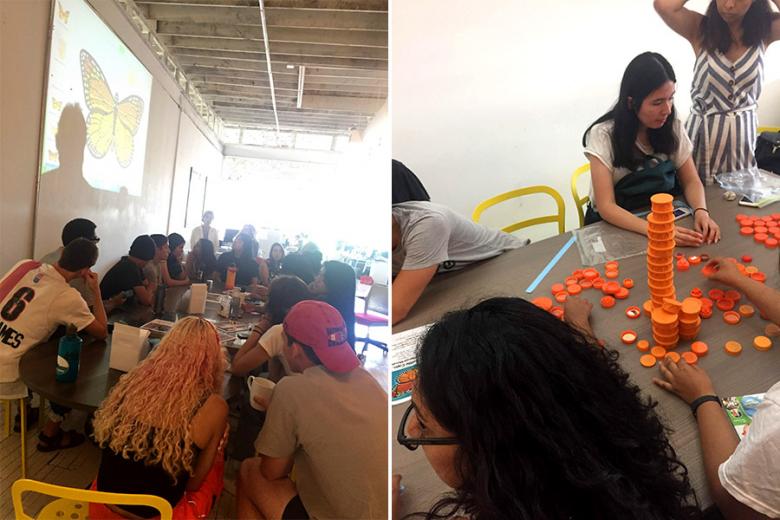
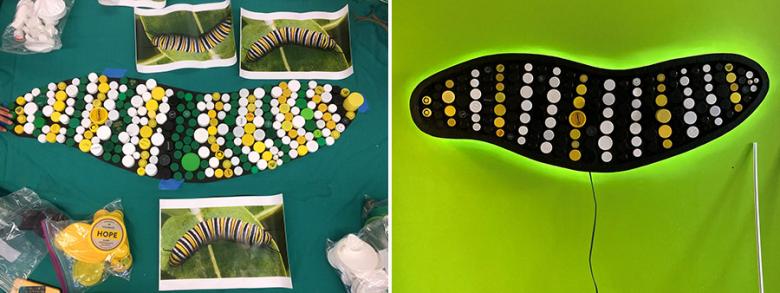
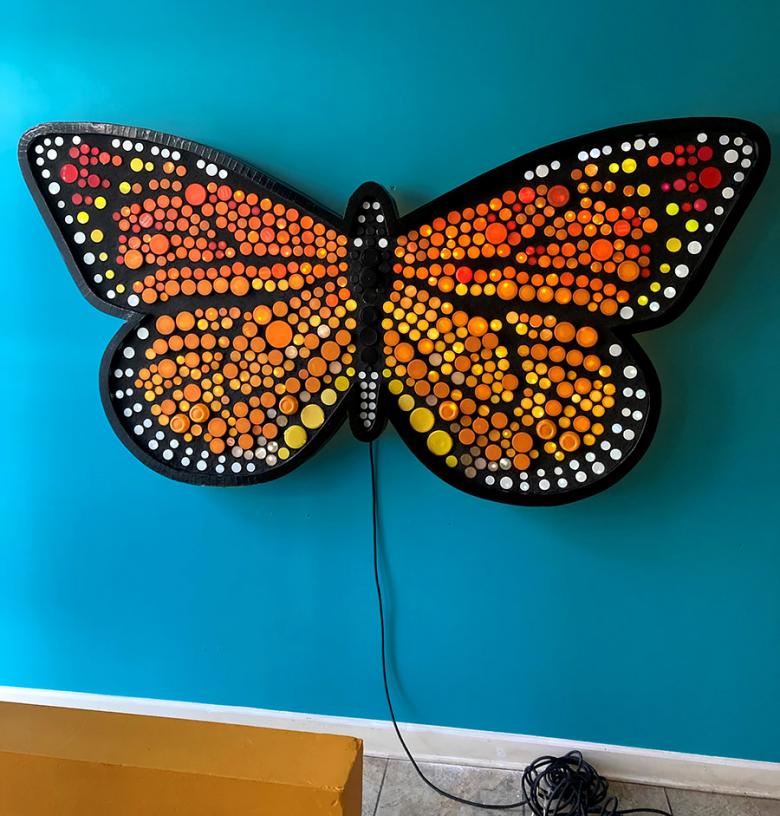

Site 3: Farmworks urban agriculture site
Discover it: near the Kedzie Lake Green Line
Project components: ART - a shade sculpture at the back edge of the garden to provide a respite from the sun for farm employees and volunteers. STORMWATER - two bioswales, at the front and back of the garden (to capture sidewalk and adjacent parking lot runoff).
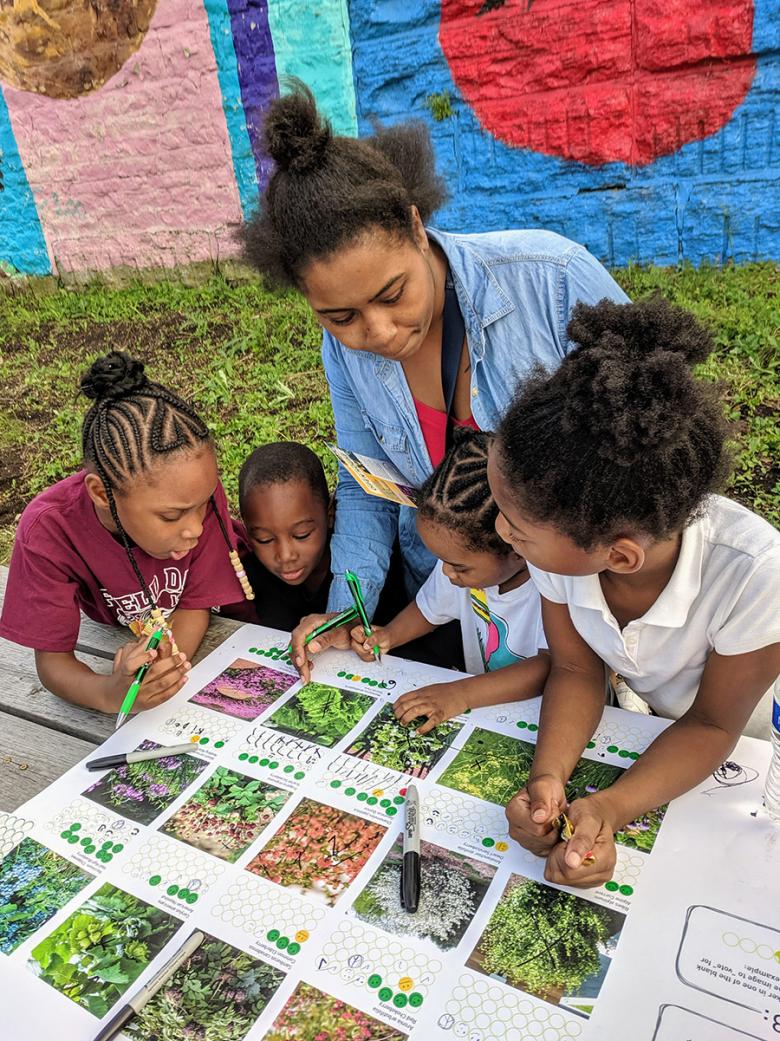


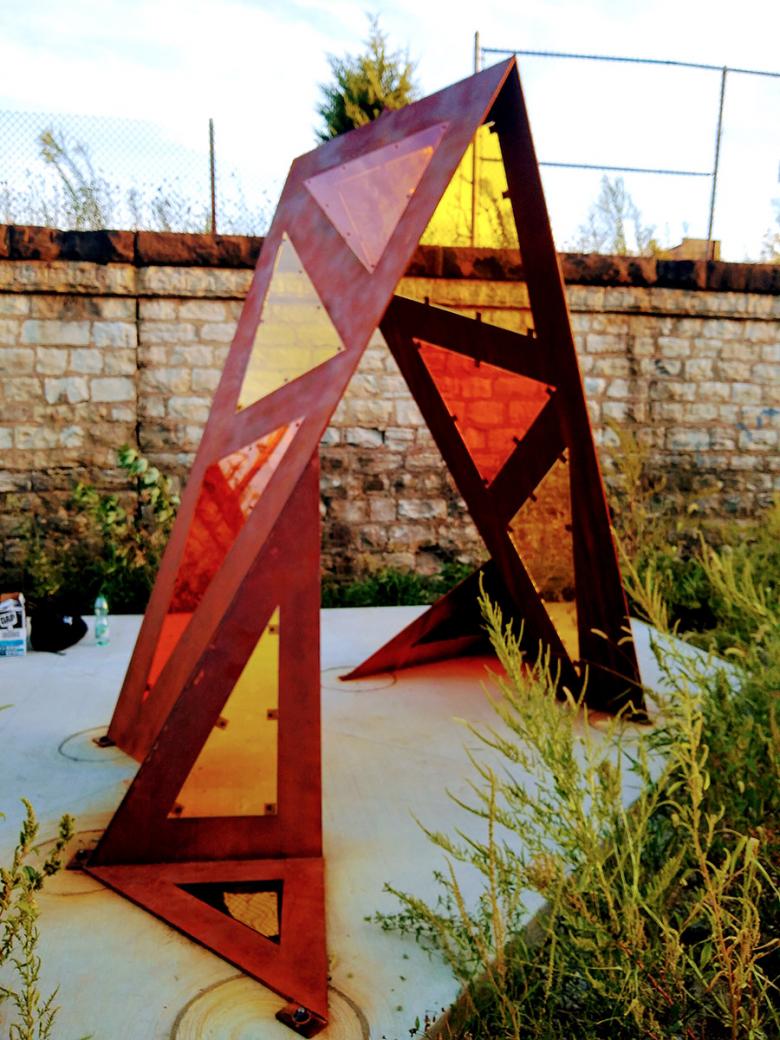
Site 4: OPEN Center for the Arts
Discover it: near the California Pink Line
Project components: ART - community designed sculpture informed by symbols of water and resilience to be installed in the back patio; STORMWATER - Rehabbed back patio to improve on-site stormwater management and create more space for programming, artwork, and visitors.
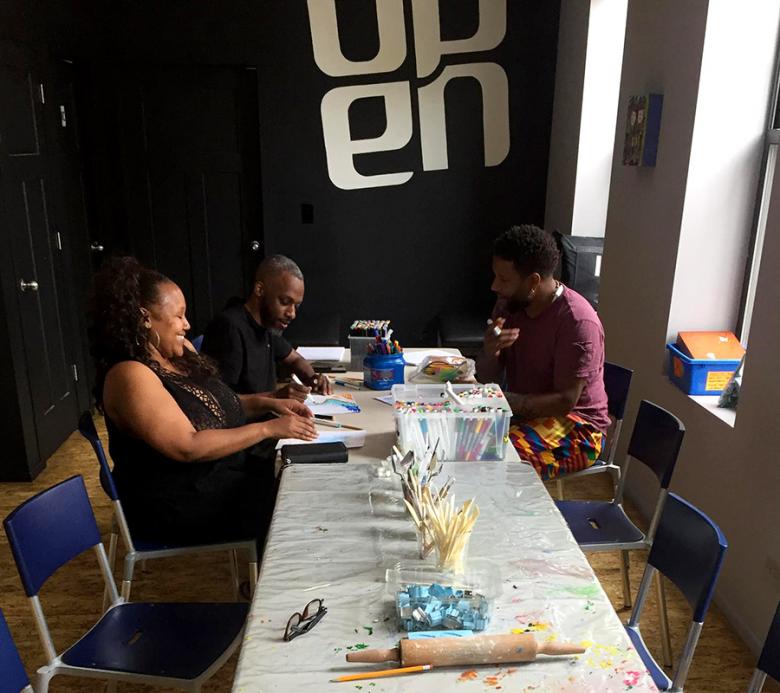
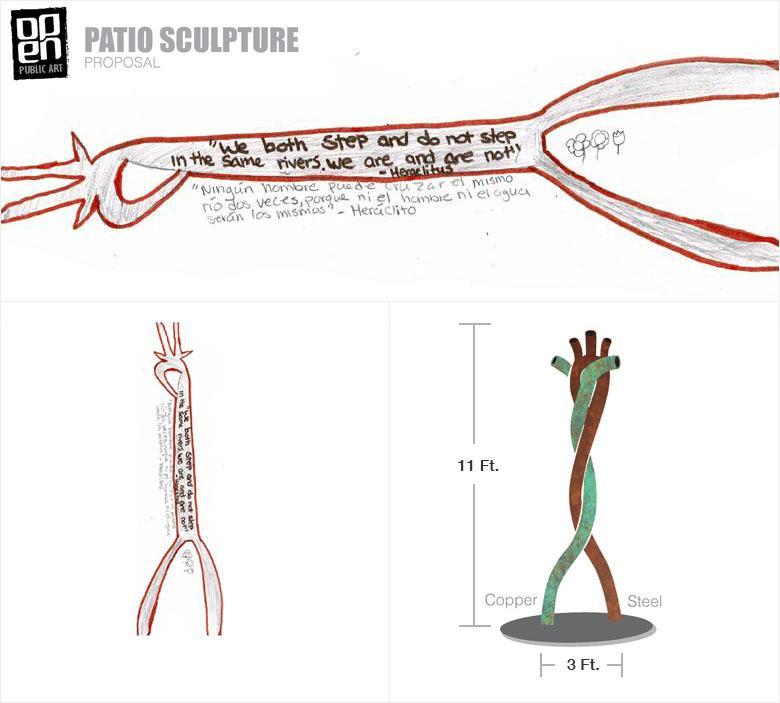
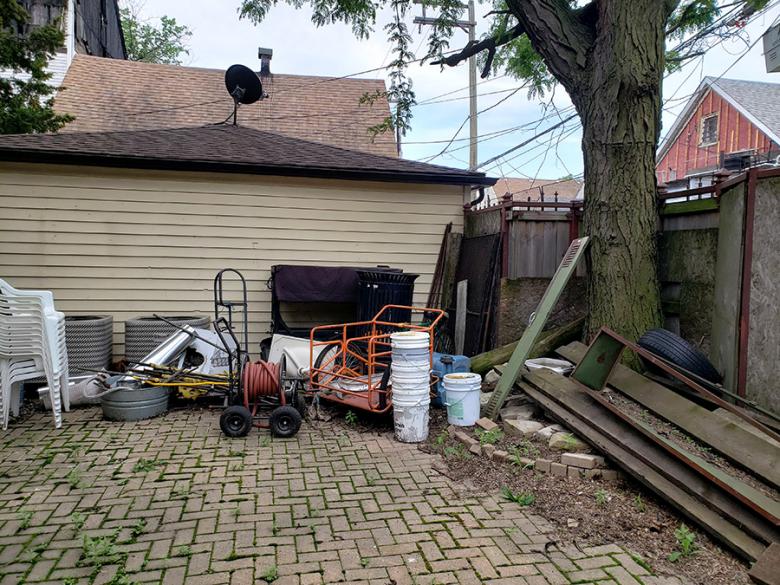
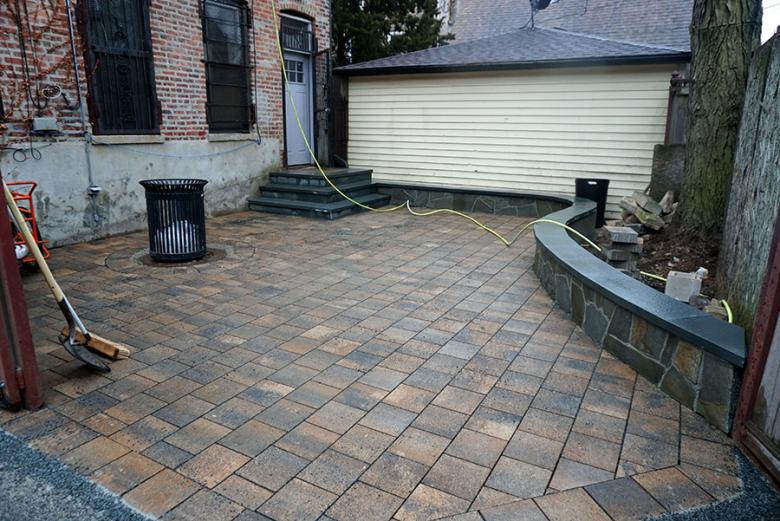


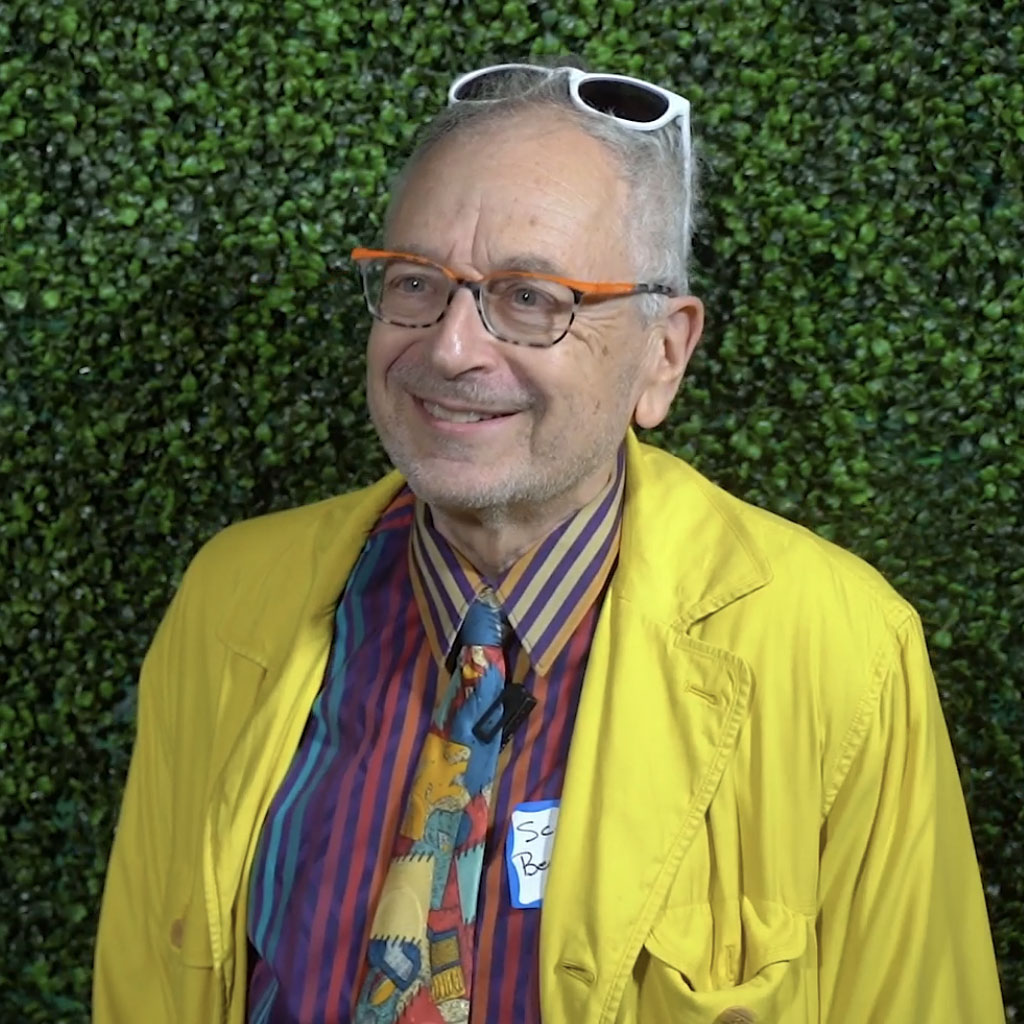


 Strengthening Transit Through Community Partnerships
Strengthening Transit Through Community Partnerships